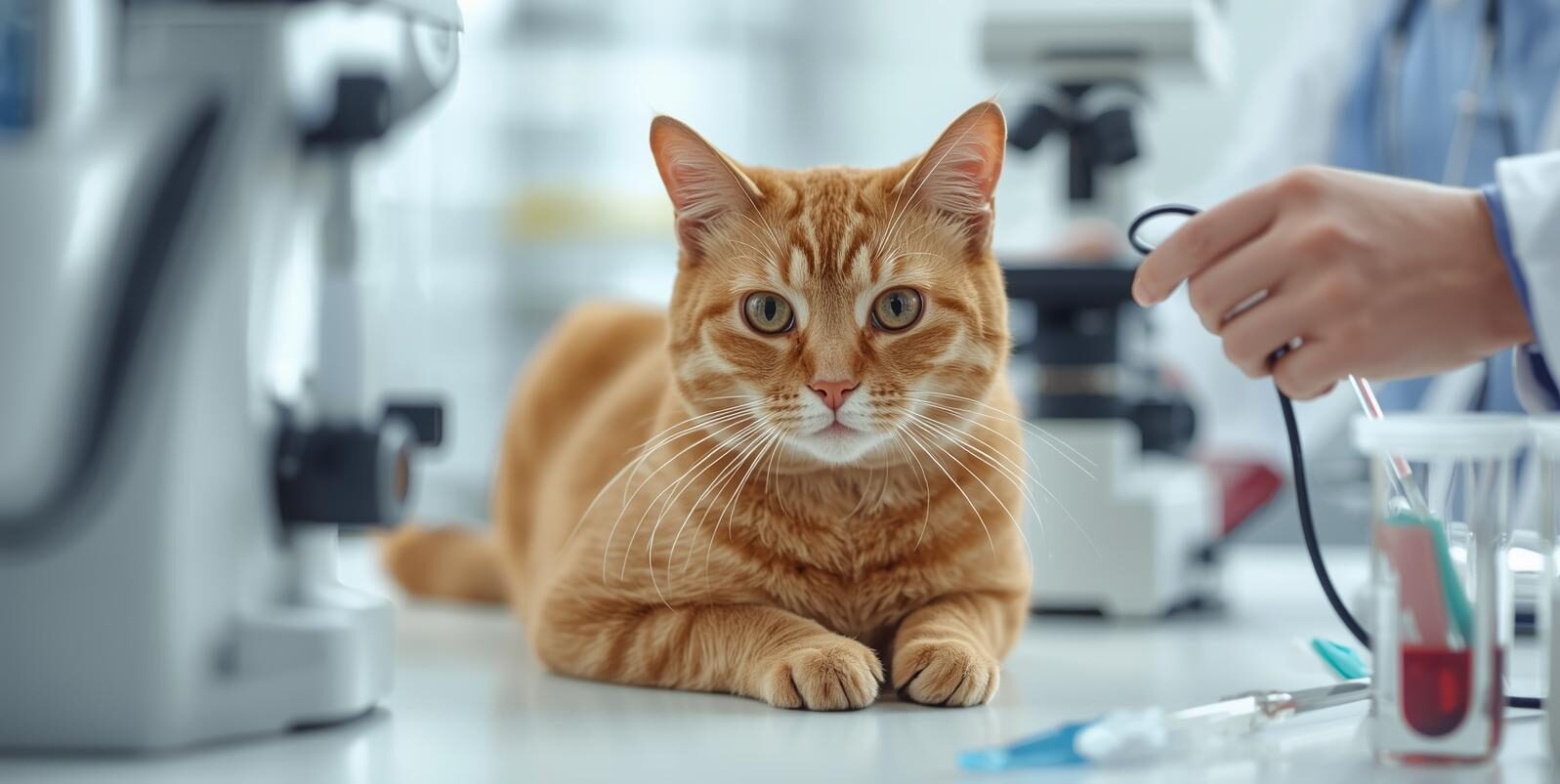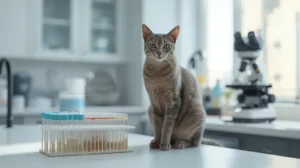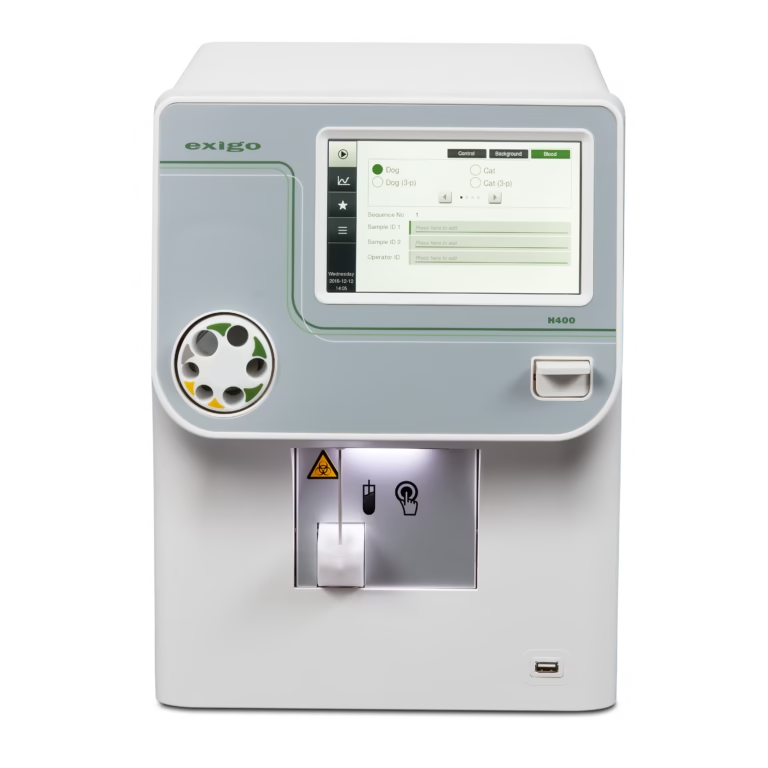Measuring PLT in cats
Learn how to improve platelet accuracy in feline blood samples and avoid common diagnostic errors in cats.
Why PLT measurements in cats are hard

Fill in the form and talk to our experts
Exigo™ H400 – Accuracy You Can Trust in Feline Platelet Counts
When it comes to optimizing platelet count in cats, having the right technology makes all the difference. The Exigo™ H400 veterinary hematology analyzer is designed to deliver reliable results even in challenging feline samples, reducing errors caused by platelet aggregation and variability. With proven performance across species and user-friendly operation, it supports veterinarians and labs worldwide in making faster, more confident clinical decisions.
Your Partner in Hematology Innovation
For more than six decades, Boule has been at the forefront of hematology, building on a legacy that began with Europe’s first automated cell counter. Today, we design and manufacture diagnostic systems, consumables, and custom OEM solutions trusted by veterinary clinics, laboratories, and distributors worldwide.
Our mission is simple: improving health for everyone, everywhere. With a proven history of innovation, reliable support, and a strong global partner network, Boule is the perfect partner to help you deliver accurate, efficient, and accessible blood diagnostics.


